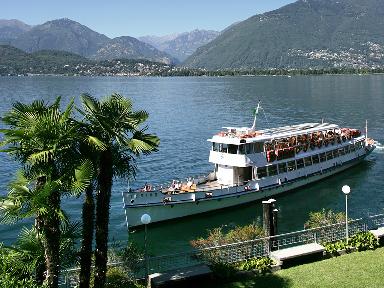In rural communities, summer is a time of hard work. The inhabitants of the Italian-speaking part of Switzerland, which was for the most part a farming culture until about the mid-20th century, were no exception. Summer was the time of haymaking, harvesting, and summer grazing. The farming calendar was marked by the figures of the great saints, to whom tradition assigned the task of inaugurating or bringing to a close a particular period and signalling changes in the weather. Festivals were opportunities to have a short break.
The feasts of St. Anthony of Padua and of St. Peter and St. Paul (13th and 29th June) took place slightly before the cattle were moved to the high mountain pastures for the summer and were an opportunity to gain the favour of the saints for the season by making an offering to the church and to make the final arrangements in preparation for the imminent departure.
Various rites and customs were connected to the figure of St. John the Baptist, whose birth is celebrated on the 24th June, when medicinal herbs and green walnuts for making ratafia were gathered.
The feast of St Lucio, patron saint of cheese makers, is held on the 12th of July, when the inhabitants of the Val Colla and the Val Cavargna find themselves on the pass of the same name. There were numerous festivals associated with the Virgin Mary: from the very well-known festivals of the Blenio Valley to the festival of the Assumption, also known as the “Madonna da mezz avost” because it falls on the 15th of August. Celebrations for the festival took place all over the place, and bonfires were lit in town squares or in the mountains.
The 10th of August is dedicated to St. Lawrence, the patron saint of the diocese, while the 16th is dedicated to St. Roch, the protector against infectious diseases. His cult is found in many villages, which can be explained by the fact that Ticino suffered numerous epidemics of typhus, smallpox, and even cholera, due to the lack of hygienic measures and strong migratory flows through the area.
The anniversaries of St. Bartholomew and St. Abundius (the 24th and 31st of August) marked the end of the haymaking season and the descent from the high mountain pastures, and, in a certain sense, the end of summer.





